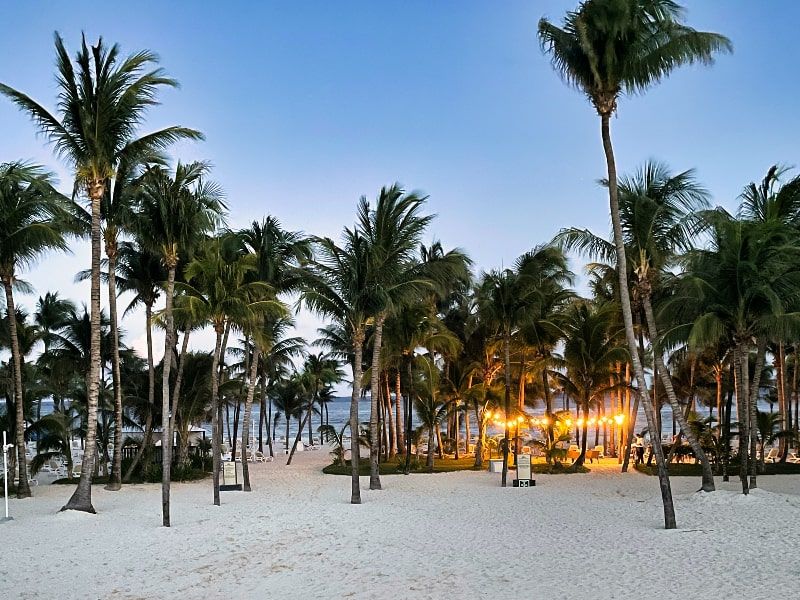Guide: Explore the Riviera Maya in Mexican Caribbean
Situated at the eastern end of the Yucatan Peninsula, the Riviera Maya is a tourist destination like no other in the world. Find out why.

Mexico, famous for its tourist, historical and cultural attractions, welcomes the world to the Riviera Maya. Located at the eastern end of the Yucatan Peninsula, the Riviera Maya is a tourist destination like no other in the world. The most beautiful sea in the world, the Caribbean, stretches to the horizon and its incredible turquoise waters caress the bright white sand of a long stretch of beach.
During the last decades, the northern part of the peninsula has been the object of intense tourist development, mainly in the city of Cancun, one of the destinations with the greatest impact around the globe. Heading south, leaving behind the luxurious hotels and shopping malls, another world opens up: the towns are small, there are fewer tourists and virgin and solitary beaches of sparkling white sand abound.




